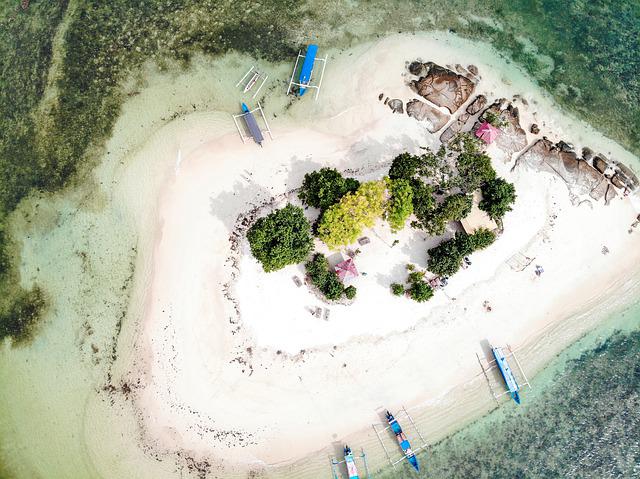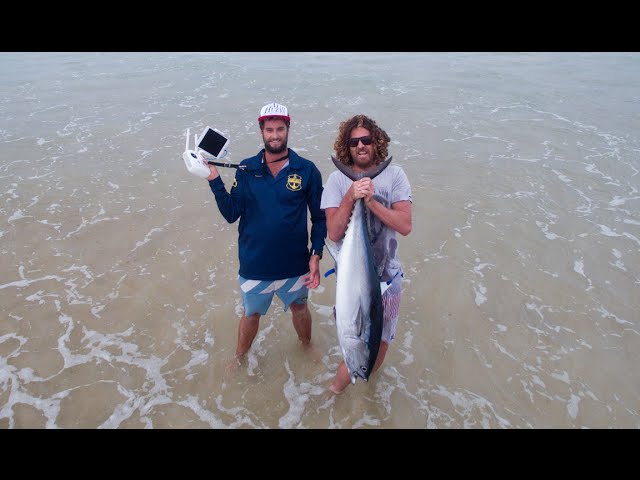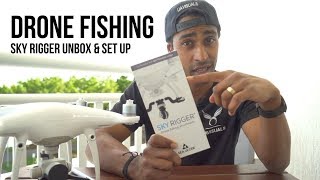
If you are a passionate fisherman, and you live in Australia you can use a drone for an aerial view of your property's waters. The drones can be equipped with a variety of features, including a GPS positioning system, a GPS receiver, a GPS receiver, a GPS payload release, and an angle adjustable camera. There are also fishing lines available that can be used for fishing. They are very stable and secure. One example is SKY RIGGER drone.
SKY RIGGER is an unmanned fishing line.
The SKY RIGGER allows you to fish remotely from your drones using a flexible fishing line system. The system features two rotating leg clamps that can attach to various drone models. The release mechanism includes a bayonet connector and a cam-lock arm, which allows you to quickly unlock the line clamps. The Sky RIGGER does not require batteries, unlike other drones. It can safely accommodate all types of fishing techniques.
For when a fish strikes your fly, the SKY RIGGER features an automatic release mechanism. The line can be manually released by either your rod or hand. This feature is available on all models of the SKY RIGGER. Before purchasing the new SKY RIGGER, it is recommended to purchase a Phantom 3. The following are some pros and con's of the new line:
It can be set up to release a payload mechanically
The mechanical payload release is a key feature of a drone. Many of them make it possible for the anglers easy to release the fishing lines. Some models have no release mechanism. To remove the drone from the fishing line, the user must "yank” the line. This can be difficult, especially for those who aren’t used to releasing the line with their hands.

Another important feature of the drone's payload release system is its size. The payload should be able to release the drone's line when the fish is struck. This method is not easy to use. You can't just pull the fish up and let it go. Several people have reported good results with the DJI Phantom drone. However, this technology is not yet comparable to other fishing drones.
It also has a GPS position system
Rippton is an Australian-Dutch joint venture that specializes technology-oriented products for fishing. Its goal is to improve anglers' success rates by developing products that will enhance the experience of fishing. Rippton's Mobula drone has a GPS positioning system as well as a remote release. The Mobula drone can store bait at the top, protect against kite clippings, and is eco-friendly.
It is lightweight at just 3 pounds and can fly up to 18 minutes. It also has a high-tech GPS system, allowing it to be controlled from 2,000 yards away. It is capable of flying at 1000 meters (or half a kilometer) range and has intelligent flight modes. Its point feature allows it high-quality images of the surrounding environment. The camera's high resolution allows for great views of fish.
It also has an failsafe feature
Aerokontiki has an emergency feature that allows it to monitor the battery level and release the fishing line if necessary. If the battery is dead, the drone will automatically return to dry ground and resume its mission. It has industrial-grade flight controls and can operate wherever it goes without recalibration. You can use this drone even in very difficult water conditions.

FAQ
Are Drones Banned Where?
The FAA has prohibited drones from flying close to airports or stadiums, sporting events and nuclear power plants. They allow them to fly at nights using GPS technology.
What is the difference in a quadcopter from a hexacopter.
A quadcopter is a four-rotor helicopter that flies like a traditional helicopter. It is equipped with four rotors, each of which can rotate independently. The quadcopter's quadcopter counterpart, the hexacopter, has six instead of four. Hexacopters offer more maneuverability and stability than quadcopters.
What is the law about drones flying on private property?
New rules have been issued by the FAA for commercial drone flying. These rules are only applicable to UAVs that weigh less than 55 pounds and fly below 400 feet above ground. Commercial operators will need to register with FAA and get a license from agency. When operating in restricted areas or near airports, they will need to obtain permission from the local authorities.
Where can a drone be purchased?
Many different drones are available online. Some prefer to purchase their drones via Amazon, eBay, and Walmart. Others prefer to purchase their drones directly at the manufacturer.
You can fly a drone as high as you like without a license.
The FAA has no limits on the maximum height a drone can fly. However, you must register your unmanned aircraft system (UAS), which includes the registration numbers, model name and weight, size, serialnum, manufacturer's name and date manufactured.
Statistics
- According to the multiple listing service (MLS), houses and apartments with drone photographs are up to 68 percent more likely to sell than those without pictures. (thedroneu.com)
- According to ZipRecruiter, the minimum hourly wage of drone pilots is $20. (thedroneu.com)
- According to industry research from ZipRecruiter , there are 10 cities where the typical salary for a Drone Pilot job is above the national average. (dronesgator.com)
External Links
How To
How to Fly Drones With Beginners
A drone is a remotely-controlled aircraft that is used for aerial photography and surveillance. The technology behind drones has been around since World War II. DJI's Phantom series quadcopters were first commercially available in 2010. There have been many drones made since then. These range from beginner-friendly drones like Parrot AR Drone 2.0 to more advanced multi-rotor craft like DJI Mavic Pro.
There are many methods to fly a Drone, including
-
Remote control – This technique uses a control device attached directly to your hands that allows you steer the drone around its flight path. There are two main types, On/Off switches (like radios) and joysticks.
-
Manual Control - This method uses a smartphone app to remotely control the drone using GPS coordinates. Follow the instructions of the app to track the exact location you want the drone go.
-
Autonomous Flight: This means that the drone will take care of all the piloting. The drone is able to fly autonomously, without the need for human intervention. For the autonomous flight to occur, the drone must have a built-in camera and sensors capable of capturing images and data.
-
Triggered Flight – This method is very similar to manual flight. The pilot creates a route that the drone will follow until it reaches the destination. The drone automatically lands once the route has been completed and returns to the base.
-
Landing Gear – Some drones are equipped with landing gear, which allows them to safely land if they lose power during flight.
-
Goggles - Pilots may wear goggles to shield themselves from flying debris.
-
Camera - Some drones are equipped with cameras allowing you to capture photos and videos from above.
-
Obstacles. Some drones can have obstacle avoidance technology that stops them from hitting obstacles.
-
Speed - Drones can reach speeds up to 40 mph.
-
Battery Life - Most drones can last between 20 minutes to 3 hours, depending on how much power you're using.
-
Some drones are capable of traveling up to 30 miles depending upon their make and model.
-
Power source - Some drones require an external power source; others work off internal batteries.
-
Weight – Some drones are less than one pound, while other models can be up to four pounds.
-
Size - Drones can range in size from tiny devices that can fit in your palm to heavy crafts that weigh 50 pounds.
-
Price - All drones fall within a specific price range, from high-end models that can cost thousands of dollars to lower-cost options starting at $100.